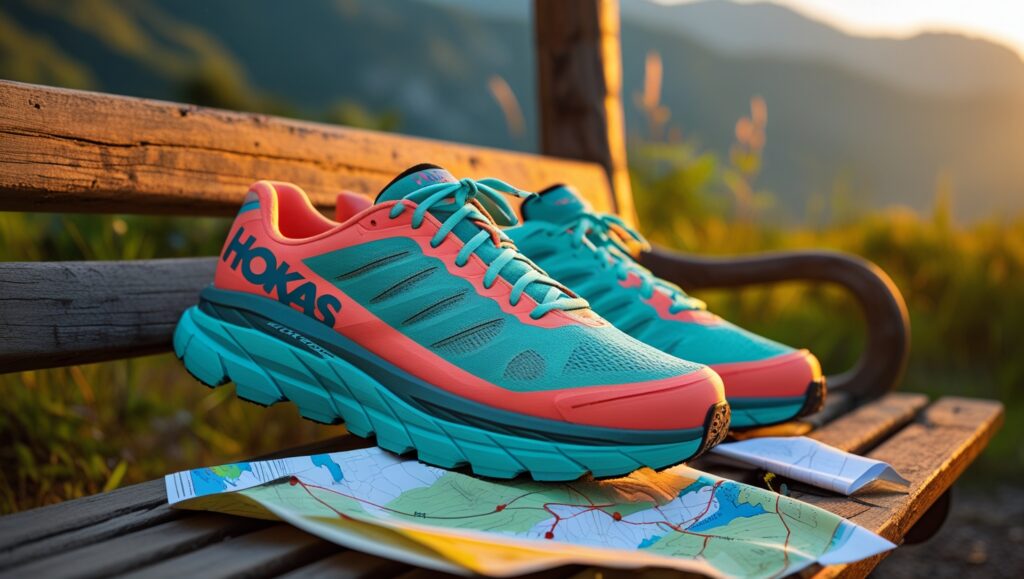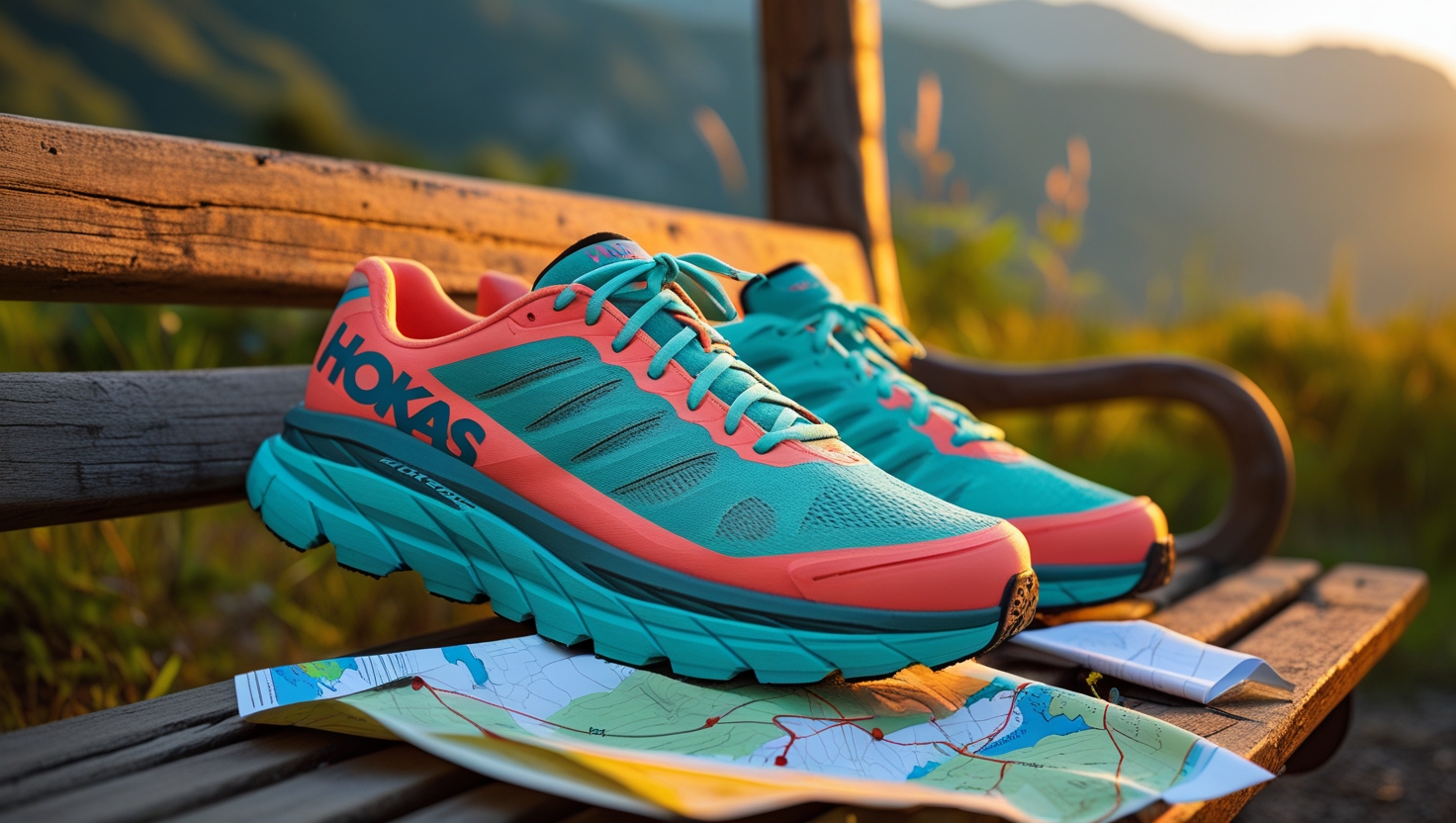What to Know Before Buying Your First Pair of Hokas
Thinking of buying Hokas for the first time? Here’s everything I wish I knew before grabbing my first pair—from sizing and support to models, comfort, and what makes them different. Includes helpful Amazon links to shop the right one.
If you’re here, chances are you’ve heard people rave about Hoka shoes—the cloud-like cushion, the “walking on air” feeling, the joint relief. I remember when I was in your shoes (pun intended), trying to decide whether Hokas were worth the hype. After years of wearing them for walking, working, and recovering from injury, I can confidently say: yes, they’re worth it—but there are a few things you should know before buying your first pair.
So here’s my guide—straight from experience—on what to expect, what to look for, and how to choose the right first pair of Hokas for your lifestyle.

Table of Contents
1. Hoka Shoes Feel Very Different at First (In a Good Way)
The first time I stepped into a pair of Hoka Bondi 8s, I honestly didn’t know what to think. The thick sole, the rocker design, and the ultra-soft foam felt weird at first. But after walking in them for just a few minutes, I realized how much pressure was being taken off my knees and heels. Hokas feel different because they’re designed differently—and that’s the whole point.
2. Not All Hokas Are the Same—Pick the Right Model for You
There are Hokas built for running, walking, hiking, recovery, and everyday wear. If you just want general comfort for daily walking, start with the Clifton 9. Need more cushion or joint relief? Go with the Bondi 8. If you’re more active and want speed or lightweight shoes, look at the Mach 6 or Rincon 3.
Check Clifton 9 on Amazon
See Bondi 8 on Amazon
Knowing your use case helps you avoid buying the wrong type (and returning them).
3. Sizing Runs a Bit Small for Some—Try Half a Size Up
I usually wear a size 9, but I went with a 9.5 in most Hoka models—and I’m glad I did. If you’re in between sizes or plan to wear thicker socks, definitely go half a size up, especially in the Clifton, Bondi, and Speedgoat models. They fit snug around the midfoot but stretch with wear.
4. Wide Feet? Hokas Have You Covered
Many Hoka shoes come in wide-width versions, which is a huge win if you have flat feet, bunions, or just prefer a roomier toe box. Look for models like the Bondi 8 Wide or Clifton 9 Wide, available directly on Amazon.
Shop Hoka Wide Shoes on Amazon
5. The Rocker Sole Helps You Move With Less Effort
Hokas use something called a Meta-Rocker, which literally rocks your foot forward from heel to toe. This helps take pressure off your knees, hips, and lower back. It can feel strange at first—but it’s this very design that gives Hokas their signature smooth ride, especially for people with joint pain or mobility issues.
6. Expect the Cushioning to Break In—And Then Get Better
Out of the box, Hokas feel soft—but after a few days of use, they get even more comfortable as the foam adjusts to your stride. I usually give it 3–5 walks or runs before judging the final feel. If they’re still not working for you after that, Hoka has a good return policy through Amazon.
7. Yes, They’re Pricey—But They Last and Protect Your Body
Most Hoka shoes range from $130–$170, which might seem steep. But if you’re standing, walking, or exercising every day, they’re worth every penny. I’ve worn mine for 500+ miles before they needed replacing, and during that time, they helped me avoid heel pain, shin splints, and sore knees. That’s a smart investment in your health and comfort.
8. Not Just for Runners—Great for Nurses, Teachers, and Walkers Too
You don’t have to be a runner to benefit from Hokas. In fact, most people I know who wear them use them for standing all day, commuting, recovery, or walking long distances. Nurses love the Bondi SR, teachers swear by the Clifton, and I personally recommend Gaviota 5 for people who need extra stability.
9. Colors and Style Have Improved A Lot
If you’re worried that Hokas look bulky or orthopedic—they’ve come a long way. Newer models come in sleek, modern colorways that look just as good as Nike or Adidas. You can now wear Hokas casually with jeans, joggers, or workwear without sacrificing style.
10. Start With One Pair—Then You’ll Want Two
My first pair was the Clifton 8, and within a month, I added a Bondi 7 just for recovery days. Hokas are that good. Once you experience how your knees, feet, and legs feel at the end of the day, you’ll want a second pair for specific tasks like work shifts, gym days, or long walks.
What to Know Before Buying Hokas
- They feel different—but in the best way
- Sizing can run small—go up if in doubt
- Different models serve different needs—pick based on your activity
- They’re an investment—but they last
- Once you wear them, you’ll understand the hype

